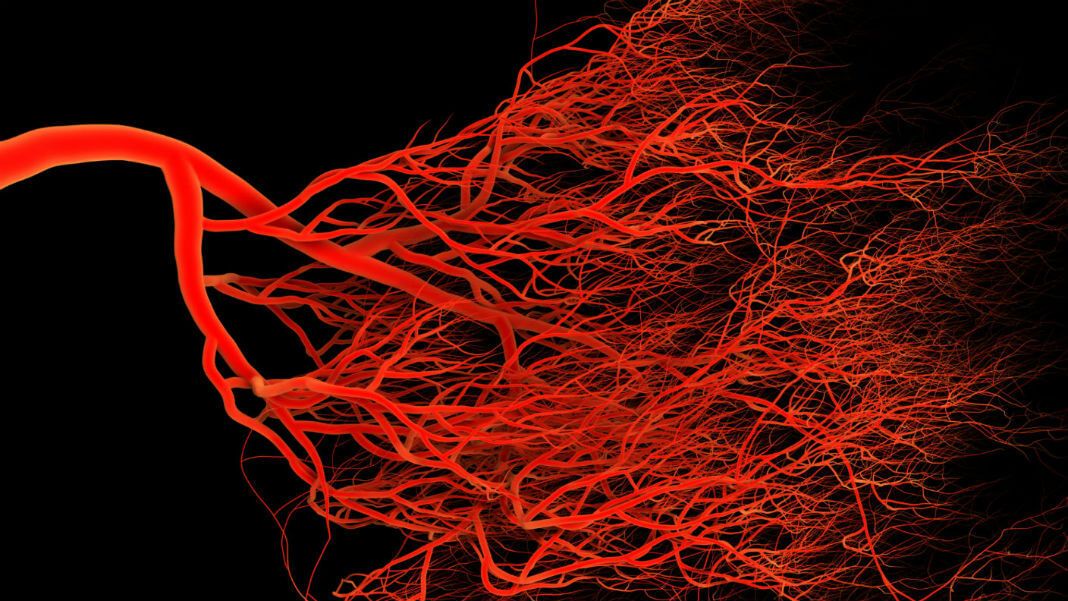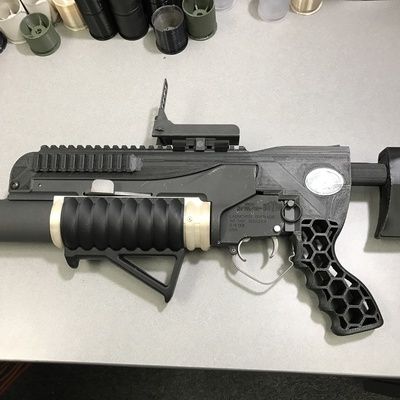In recent years 3D printing of aerospace components has made great strides with ever larger parts, faster production and synergy with other materials, including composites. AEROSPACE gets an update on the latest progress from Scott Sevcik, Head of Manufacturing Solutions at international 3D printing company Stratasys.

Scott Sevcik, Head of Manufacturing Solutions, Stratasys. (Stratasys)




